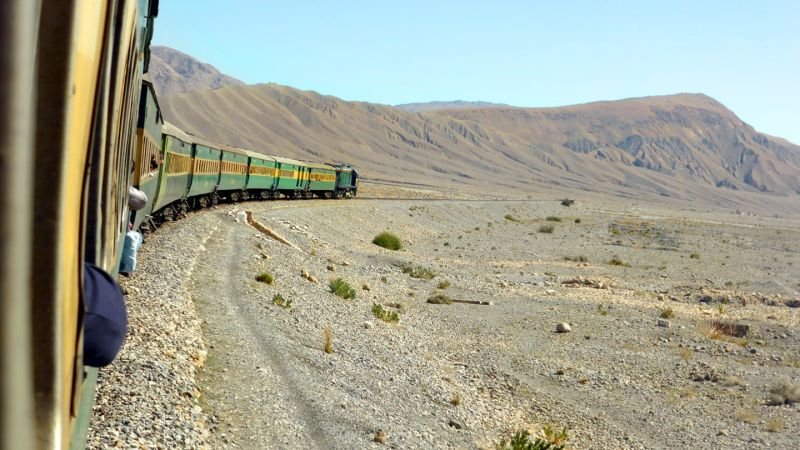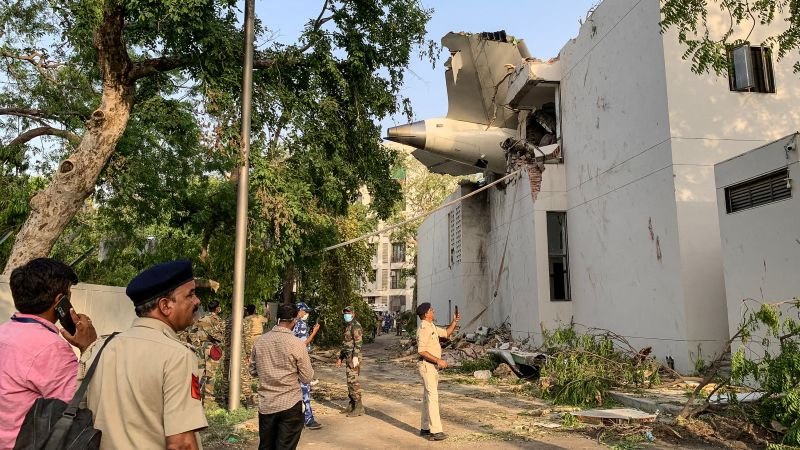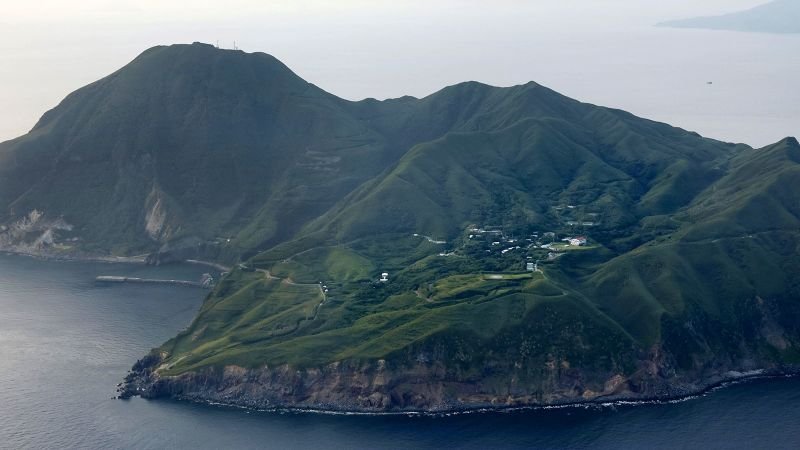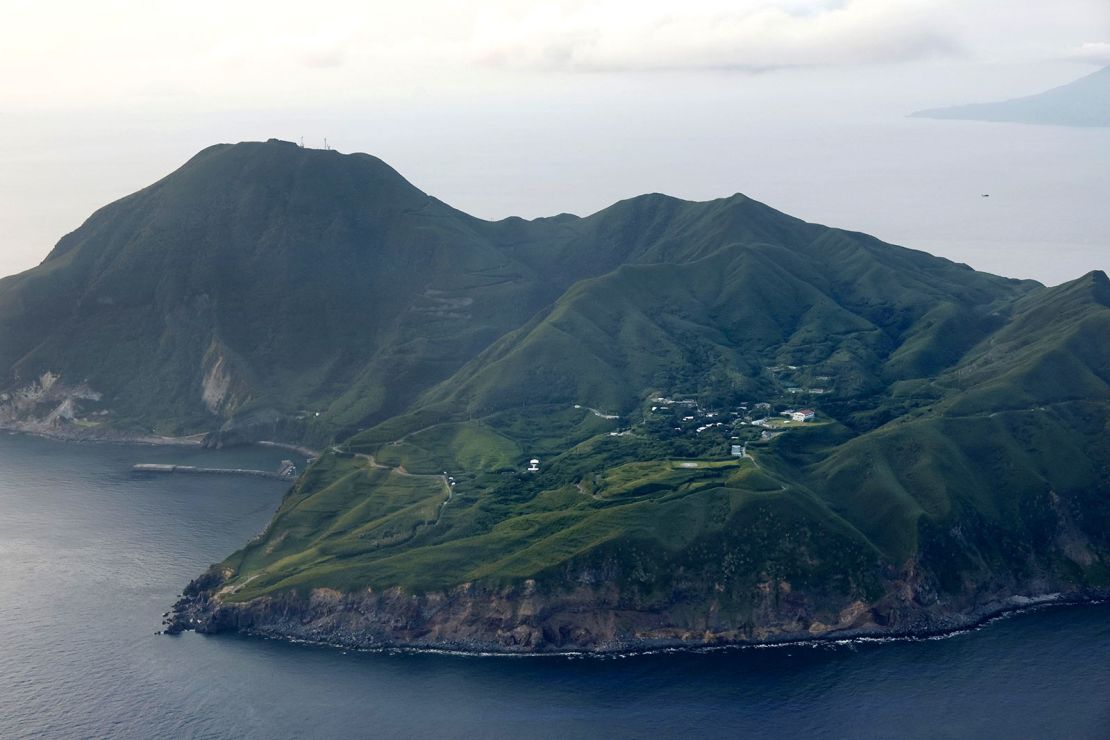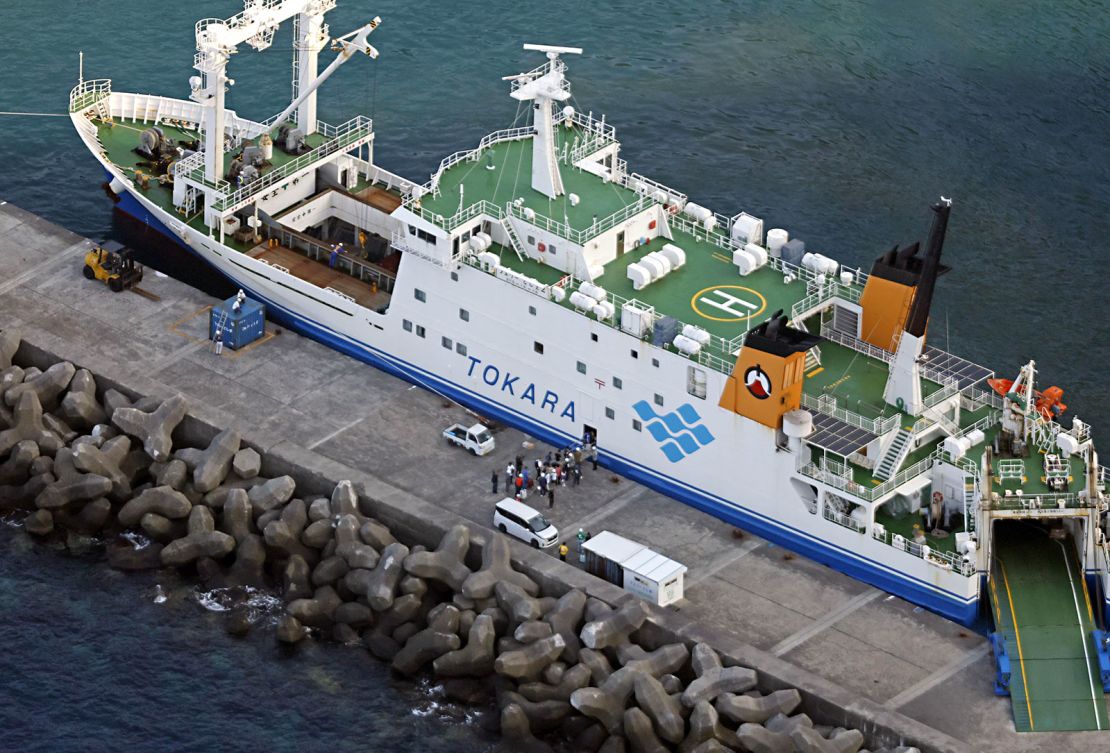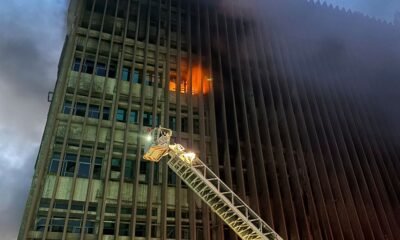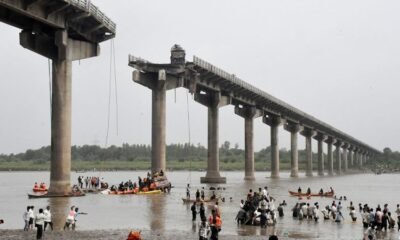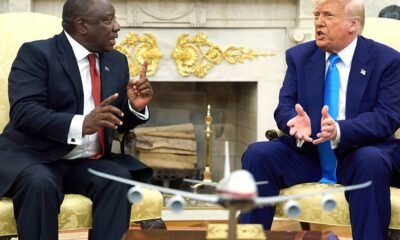Quetta, Pakistan
CNN
—
Separatist militants killed at least 10 people after hijacking a train carrying hundreds of passengers in Pakistan’s southwestern province of Balochistan on Tuesday, according to government and railway officials.
Nine of those killed were security personnel, Imran Hayat, a senior railway official, told CNN Tuesday night, adding that a train driver was also killed in the attack.
It is unclear when the deaths occurred. Earlier Tuesday, Balochistan government spokesperson Shahid Rind told CNN that “intense gunfire” had been reported on the train. Tuesday evening, a security source told CNN that security forces had “surrounded the terrorists” and an exchange of fire had taken place. The security source added that the militants were using “women and children and shields.”
The train, known as the Jaffer Express, was stopped by the militants as it reached a tunnel on Tuesday afternoon, officials said. The train was on its way from Quetta in Balochistan, Pakistan’s westernmost province, to the northwestern city of Peshawar.
“Armed individuals stopped Jaffer Express inside Tunnel No. 8 (in Bolan),” Muhammad Kashif, Quetta Railways’ controller, told CNN.
The train, which departed from Quetta at 9 a.m. local time, had nine coaches and was carrying approximately 450 passengers, Kashif said.
The Baloch Liberation Army (BLA), a militant separatist group, has claimed responsibility for the attack. The BLA said in a statement seen by CNN that they had taken hostages from the train who would be “executed” if a security operation takes place.
But Balochistan Chief Minister Mir Sarfraz Bugti said in a statement Tuesday evening that efforts to pursue the attackers are ongoing, adding that operations will continue “until the last terrorist is eliminated.”
Balochistan government spokesperson Shahid Rind told CNN that access to the train, which was being held in Balochistan’s mountainous region of Sibi, he said, was “challenging.”
Junaid Ahmed, from Quetta, told CNN that his cousins were traveling on the Jaffer Express at the time of the incident.
“When I found out about the train incident, I lost contact with them. I came here (Quetta Railway Station), but officials here are saying that (they) are unable to make any contact too.”
The Balochistan government had directed emergency response efforts, Rind said, with a relief train sent to the scene.
On Friday, in a letter seen by CNN, Balochistan’s Counter-Terrorism Department had issued a threat alert, regarding “a planned attack” by the BLA and asked “all concerned authorities” to “take extraordinary precautions and safety measures to prevent any occurrence.”
An insurgency in Balochistan has been running for decades, but has gained traction in recent years since the province’s deep-water Gwadar port was leased to China, the jewel in the crown of Beijing’s “Belt and Road” infrastructure push in Pakistan.
Militants are angered by what they say is the state’s exploitation of the region’s rich mineral resources, with little of the proceeds filtering down to people in what remains Pakistan’s poorest province. The port, often touted as “the next Dubai,” has become a security nightmare with persistent bombings of vehicles carrying Chinese workers, with many killed.
The BLA has been responsible for the deadliest attacks in Pakistan in the past year.
This story has been updated.

